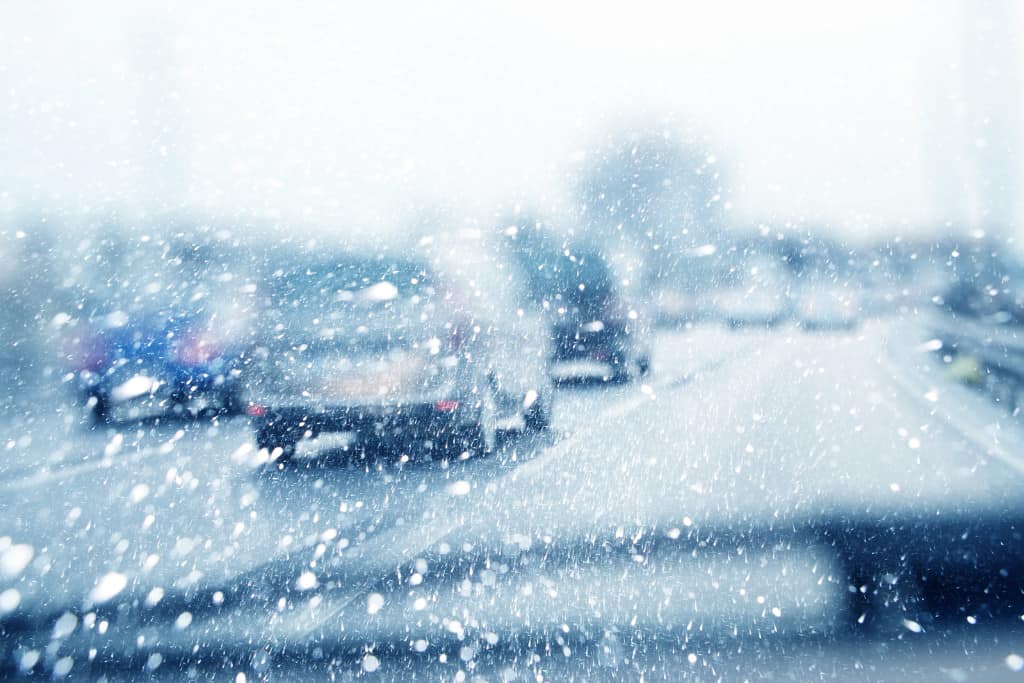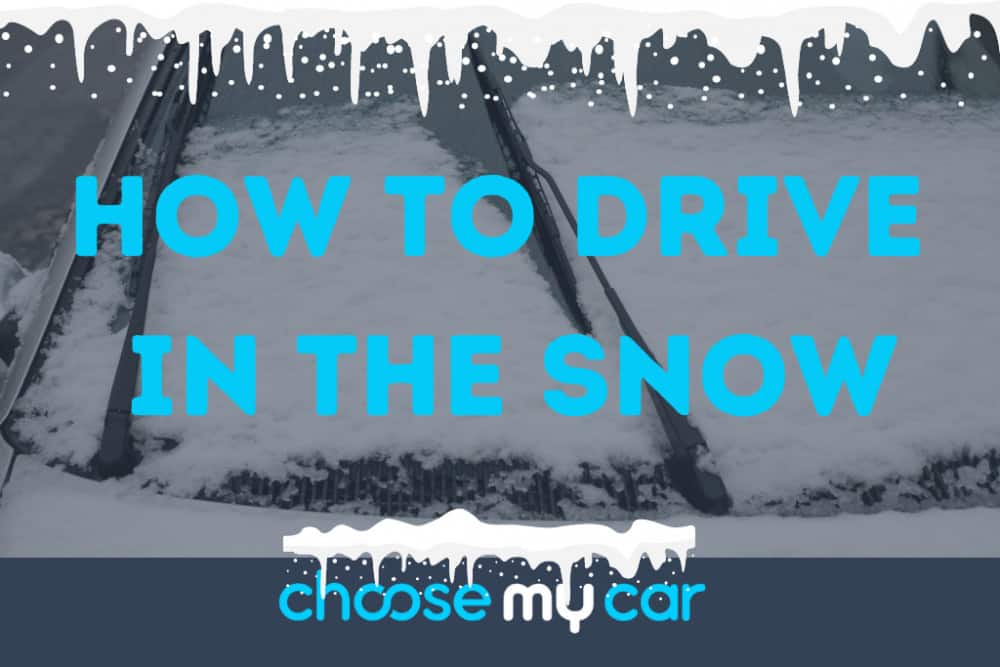The cold weather is setting in and evenings are becoming darker, which means the roads subsequently become more dangerous.
It’s no wonder that there are more traffic queues on the roads this time of year – and more accidents. Of course, everyone wants to avoid these, but few are actually putting into practice the things needed in order to prevent issues. One of the biggest problems is that people don’t know how to drive in snow. Thankfully snow hasn’t started hitting our roads yet, but it won’t be long. So take a look at how to drive in adverse weather conditions throughout the winter months.

Tips for driving in snow
Snowy conditions can make things really challenging for drivers, which is why it’s important to drive slow and be aware at all times. You may need to adapt some typical habits and take extra caution in order to avoid incidents. These tips will help, whether the snow has already fallen or is falling as you drive.
Before you leave your home
Before you drive, plan your route. Check online resources and Google Maps to find any road closures or incidents. This way you can avoid any issues and a large build up of cars. Keeping yourself on emptier roads, and therefore away from any traffic build up, reduces risk. It will also help you consider areas that could be flooded, causing obstructions in adverse weather. You should also allow more time for your journey. If you have a certain time to be somewhere, leave plenty of time for any mishaps along the way.
If you do run into any issues in the snow, you want to be prepared. Make sure you have extra layers of clothes packed in case you break down. Perhaps take some food, because it will take longer than usual for rescue services to reach you. Keep your phone fully charged so you can call for help, and continue communication hours later. Prepare for the worst situation – being stranded for hours in the middle of nowhere. Layers, entertainment for kids, fully charged phone, food, and drink.
Checking your car
First things first, check your wipers! It’s amazing how many of us get in our cars with wipers not fully working or clearing our windscreen. In the snow, you will need maximum visibility. Remove any debris from your windscreen and the wipers, this will ensure they are as effective as possible when driving. Also, make sure you check the levels of your screenwash, your wipers can’t do all the work!
Check your tyres also. Poor tyre grip will not suffice on snowy and icy surfaces. If your tyres are close to being illegal, you can be sure that when the snow lands you’ll be skidding all over the place. So if you’re reading this thinking your tyres may need replacing soon, replace them now before you’re caught out in the snow.
How to drive in snow
It’s important to remember that just because it’s snowing, it doesn’t mean you need to wear five layers while driving. This will only make your seatbelt less effective should you be in a collision. Wear comfortable clothing and shoes that are dry. Now, let’s get down to the technicalities:
- Accelerate slowly
- Use low revs when driving, staying in a higher gear and changing up as soon as possible
- Move off in second gear to prevent wheel spinning
- Leave 10 times more than the recommended gap between cars when driving
- Consider driving significantly below the speed limit in poorly lit environments
- Drive uphill in one constant gear and one speed, leave plenty of room in front so there is no stop/start action
- Drive downhill in as low of gear as possible, try to avoid breaking, and leave plenty of room
- Break before you turn your steering wheel when going around a bend
- If you start skidding, don’t panic, take your foot off the accelerator and point the wheels in the right direction. Don’t hit the brakes or take your hands off the steering wheel
- When snow is falling, use your dipped headlights
- Only when visibility is below 100m should you use your fog lights
- Beware of driving in compressed tyre marks left by other cars as this can create an icy surface
- Make all movements slow and controlled such as changing gears, braking, accelerating and turning the wheel
- If there is glare from the snow that has fallen, use your sunglasses
Do you need snow tyres in the UK?
Snow tyres offer more grip and can be fitted during the winter months. While they can significantly improve the performance of the car in snow, they’re not a legal requirement. Consider whether they’re a financial option for you. Follow the tips above and you should be able to complete all journeys just fine.
If the weather gets even colder, take a look at our guide for driving in icy conditions.






